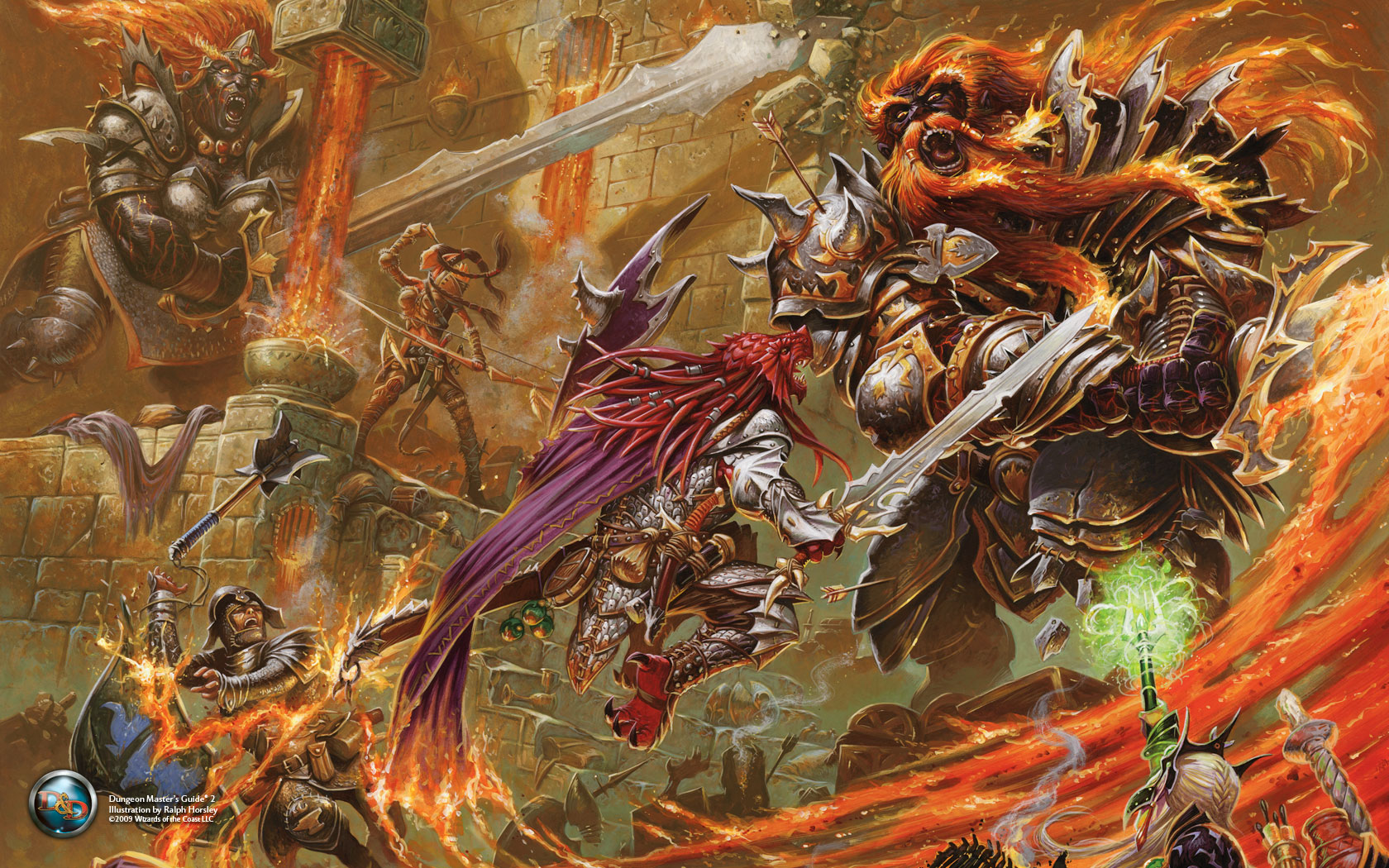Random Gemstone Generator
A “Gemerator,” if you will. Since there is already a way to roll randomly for gemstones in the DMG (p. 134), this series of tables is for creating brand new gemstones that might not even exist in nature. These are the gems as you might find them in a dungeon. To determine their worth, I would use the DMG. The appearance of the gem might not affect its overall worth since we are inventing new gems, so just make it worth as many gold pieces as is appropriate for the circumstance. You can also use this with my jewelry generator.
Gem Type
Most precious stones and minerals considered gems come in two varieties, either a stone or a crystal. Roll 1d6 to determine the gem’s type:
- 1: Stonelike (Matte)
- 2-3: Stonelike (Glossy)
- 4: Crystalline (Opaque)
- 5-6: Crystalline (Translucent)
Gem Size
First roll for the gem’s size. Since this is D&D, the gemstones can afford to be much larger than in reality. Fun thing I never really thought about before making this is that gemstones are a good way for adventurers to carry around gratuitous amounts of wealth in a smaller amount of space. Imagine carrying around a one-centimeter diamond instead of 5000 gold coins in a one-ton chest. Don’t ever dismiss the importance of gemstones.
Gem Shape
Although a gem’s shape does come from its cut, to simplify this series of tables and increase the variety it generates, I’ve separated the gem’s cut and its shape into different tables.
Gem Cut
Most valuable gems found in a dungeon have already been cut unless said dungeon is a natural cave system. To determine how the gem was cut, roll on the table below. Before modern advances, most hard gems were “cut” by abrading two gems together of similar hardness, beveling the natural crystal’s corners into facets. The gem dust from the abrasion was gathered and mixed with water or oil for polishing the gems into their finished form.
Gem Color
Next roll for the gem’s color. I could have just gone with ROYGBIV colors but gems can come in many varying hues. If you roll a 20, the gem has two colors. Roll again, ignoring further values of 20. Then roll on the next table to determine how the two colors interact.
Gem Pattern
Duo-colored gems are common, especially among stones rather than crystals. Think things like banded agate or tigers eye.
And you’re done! You’ve got a brand new gemstone that may or may not exist in nature! Use it for important or unique magic items or when imagining a new mineral for your setting.













